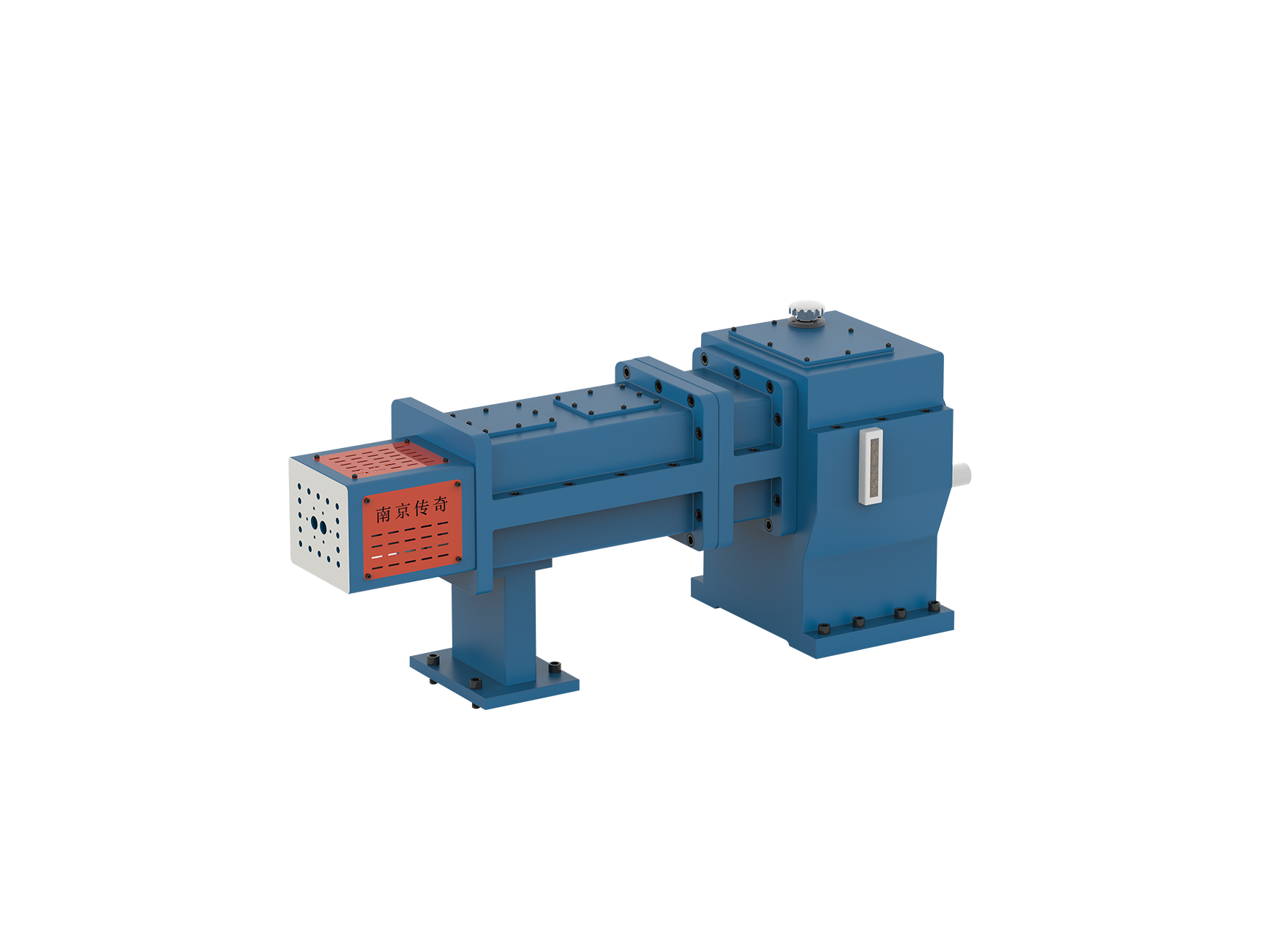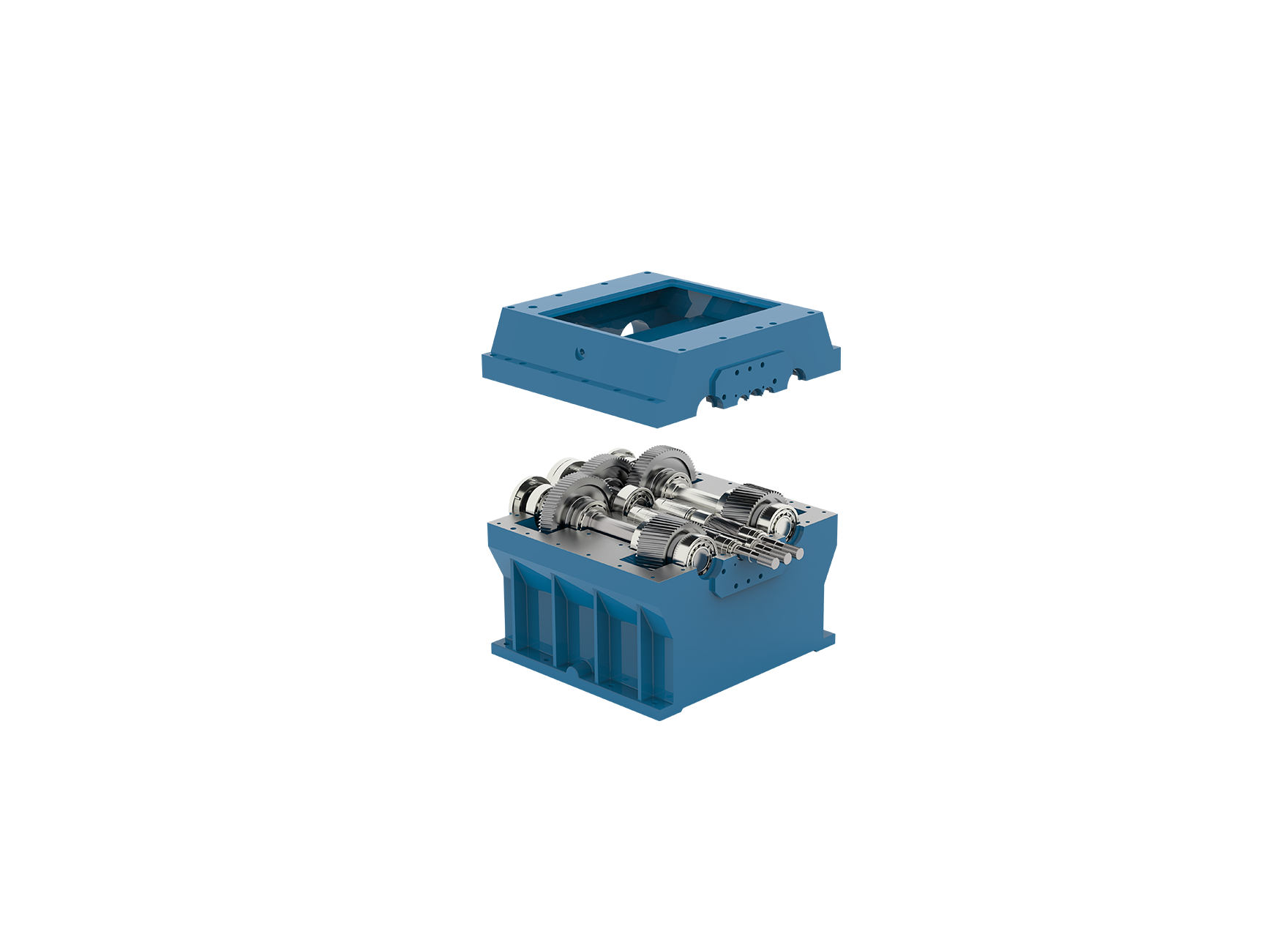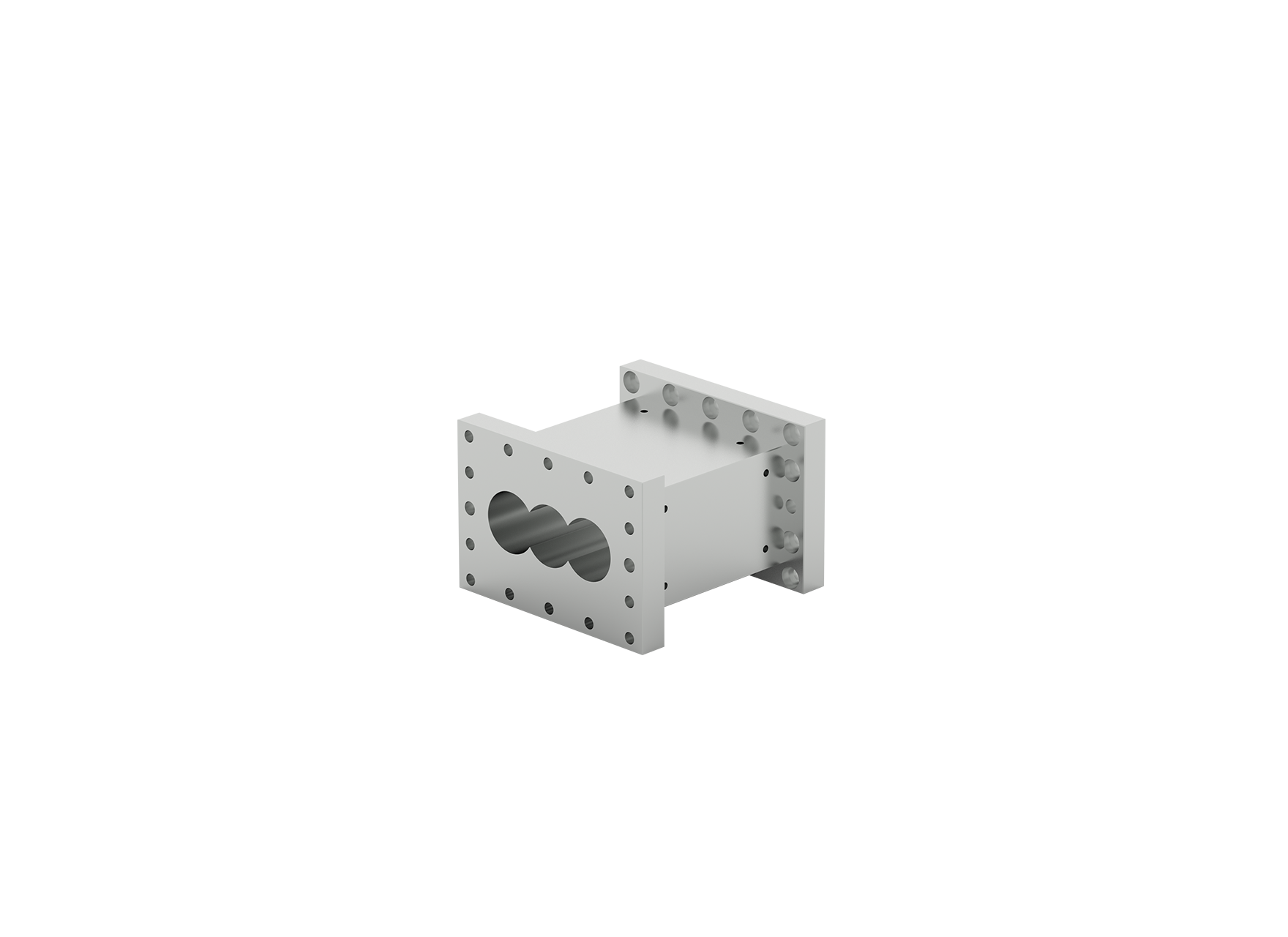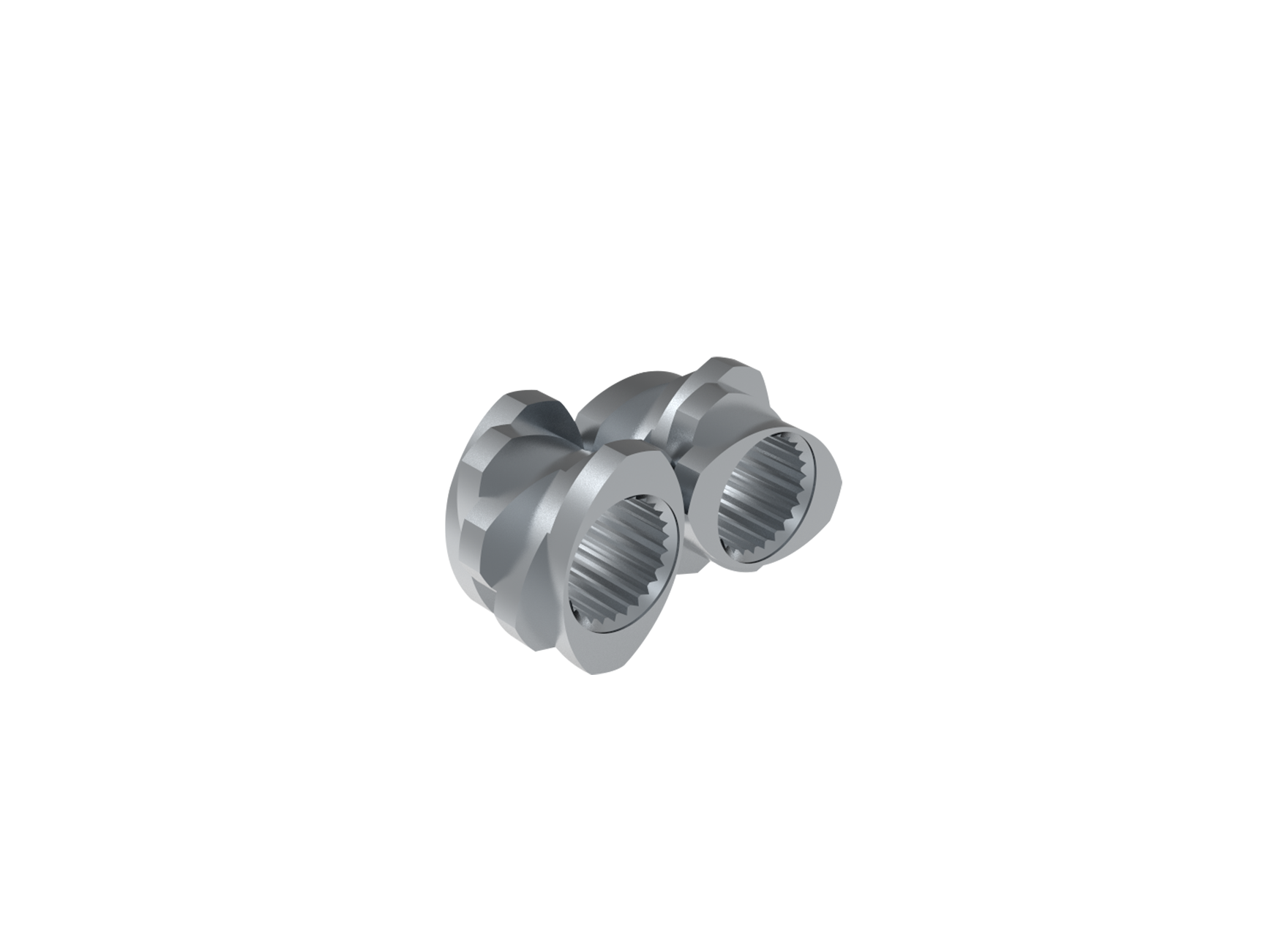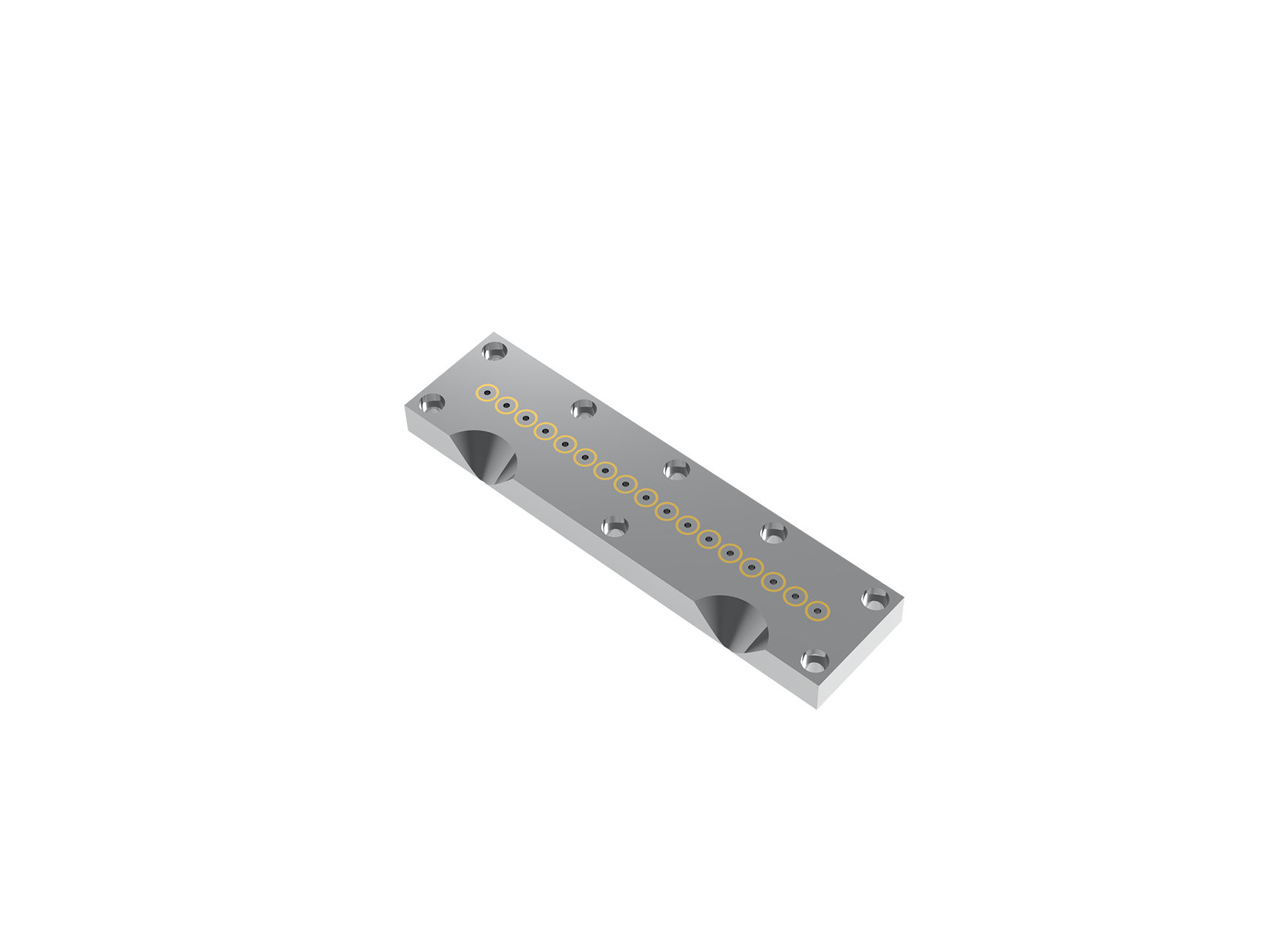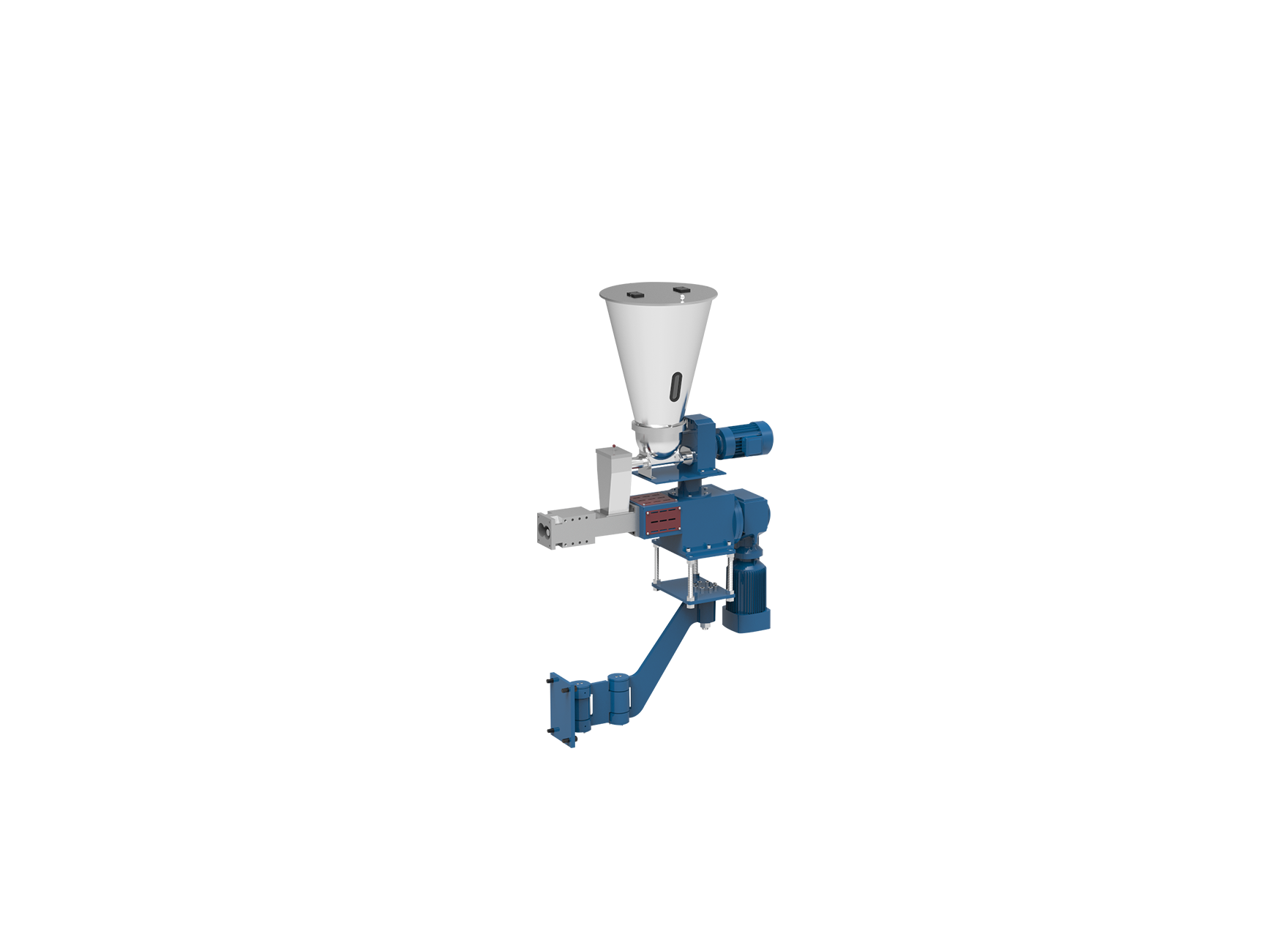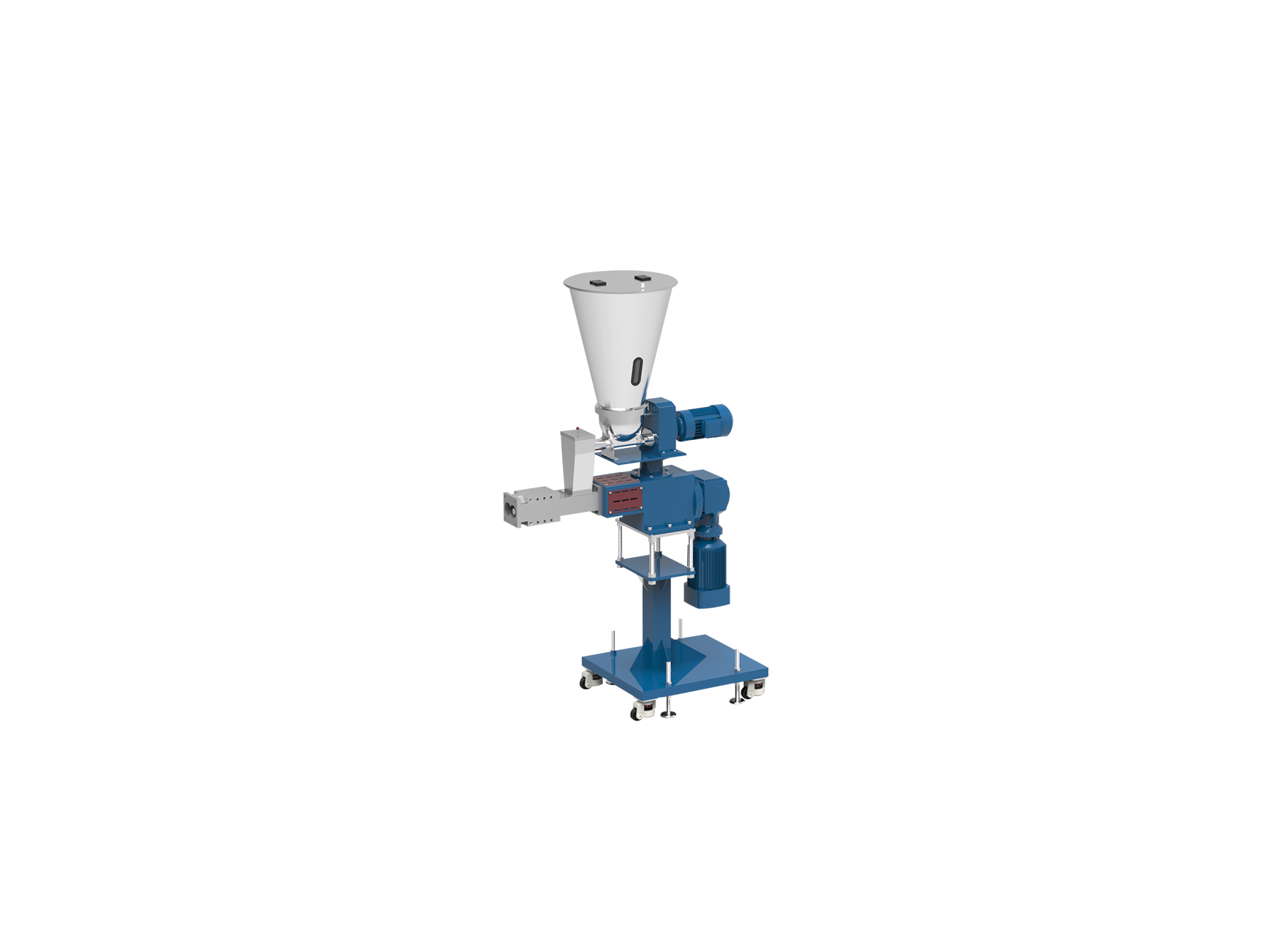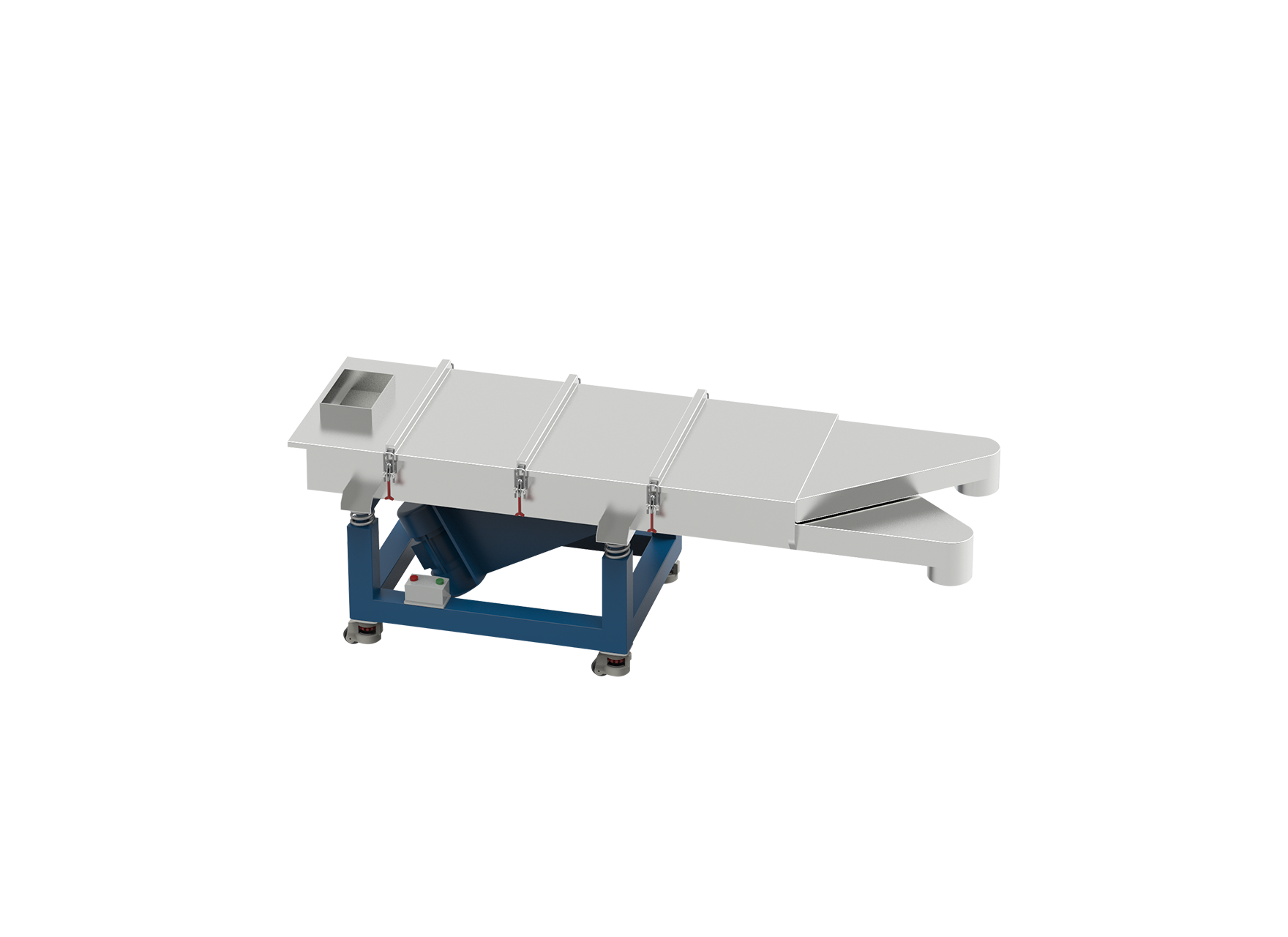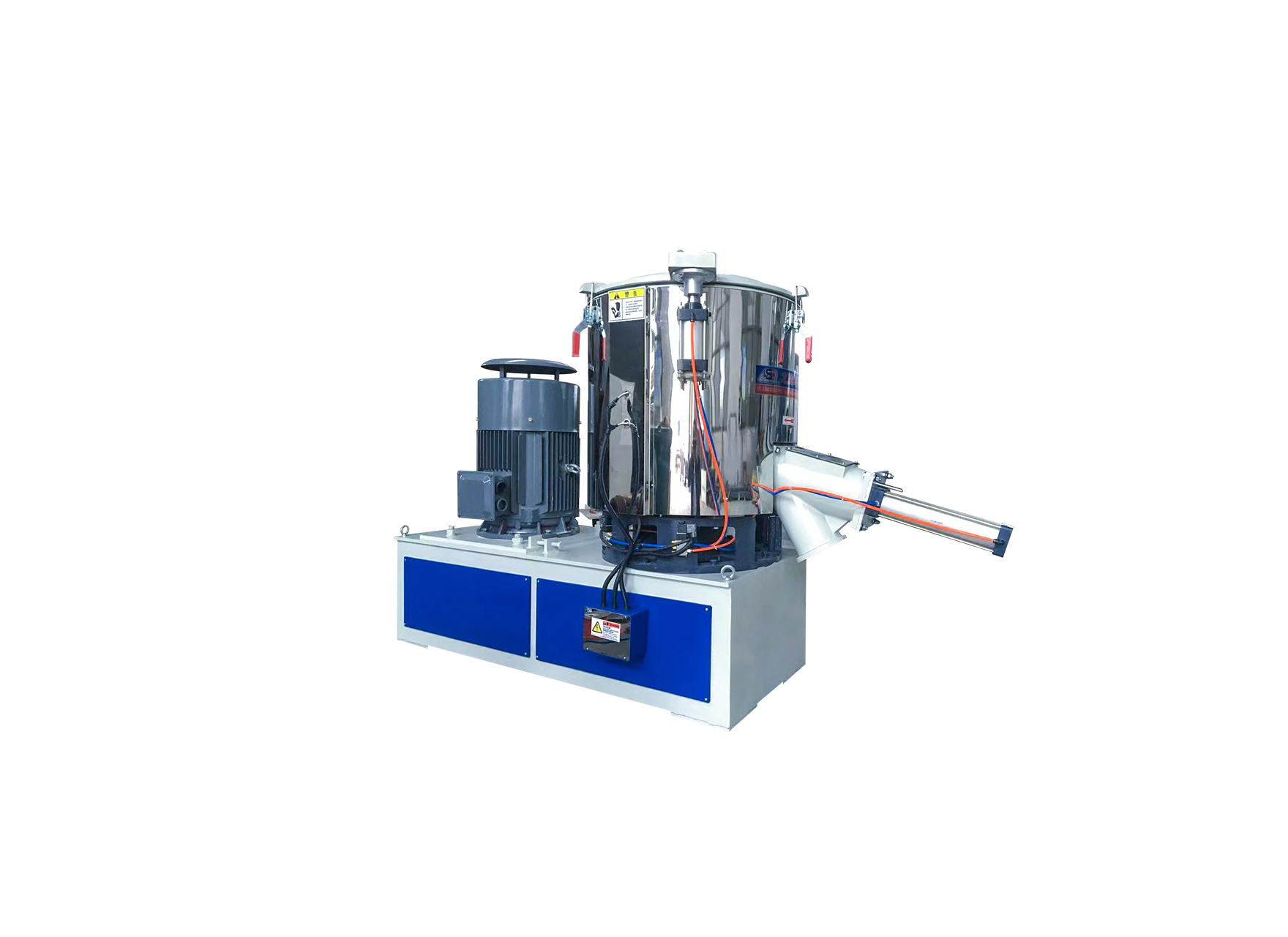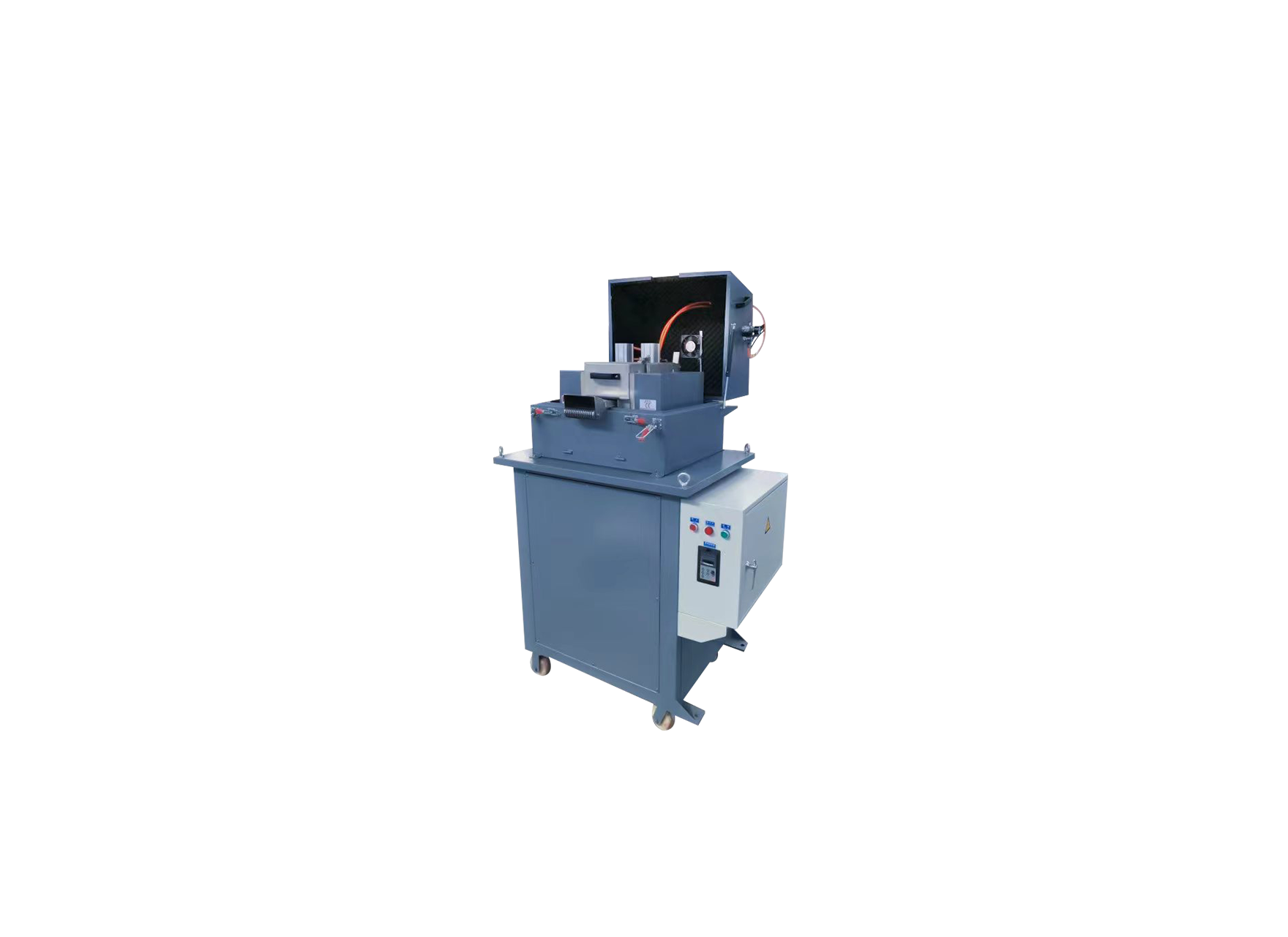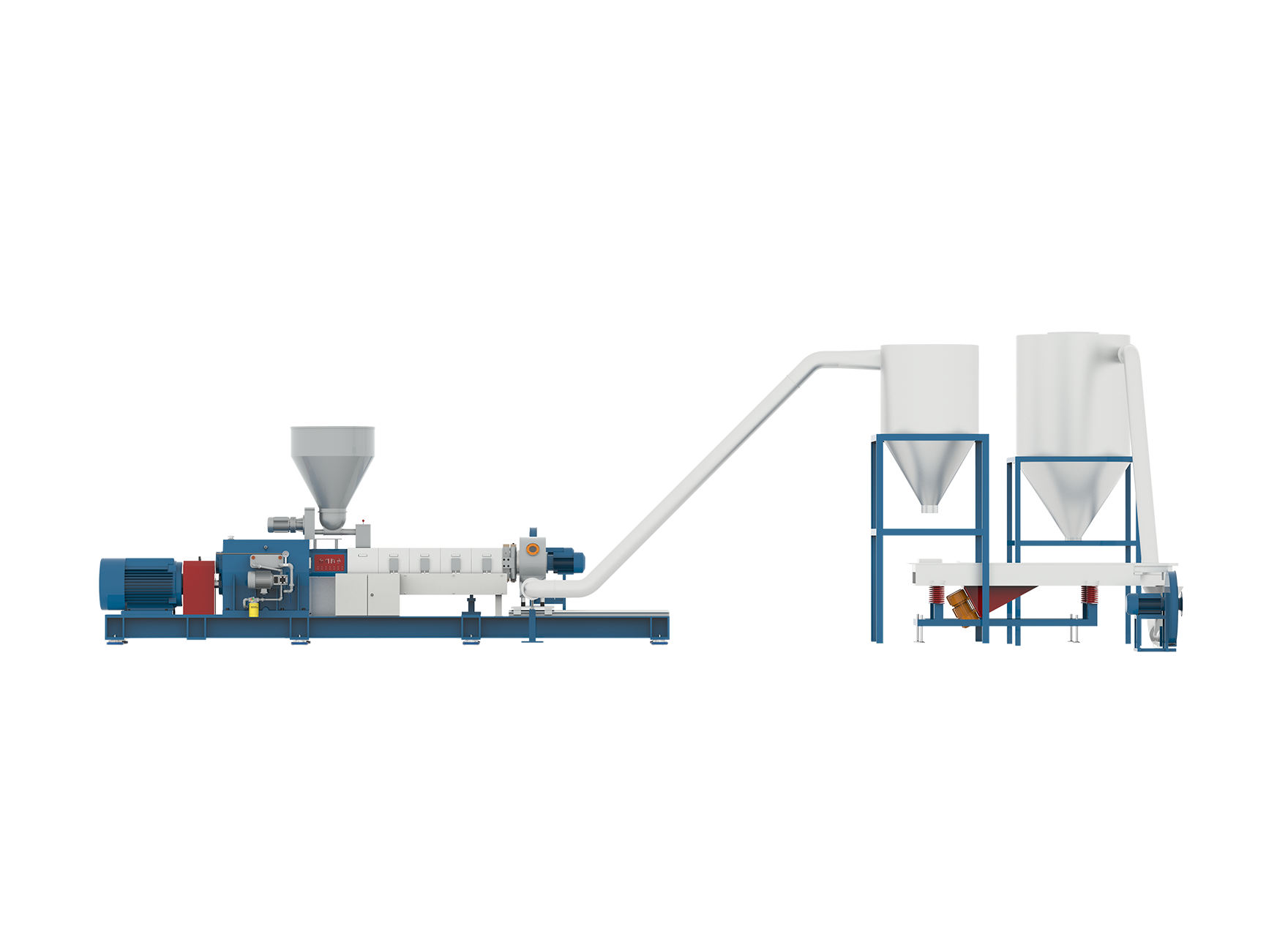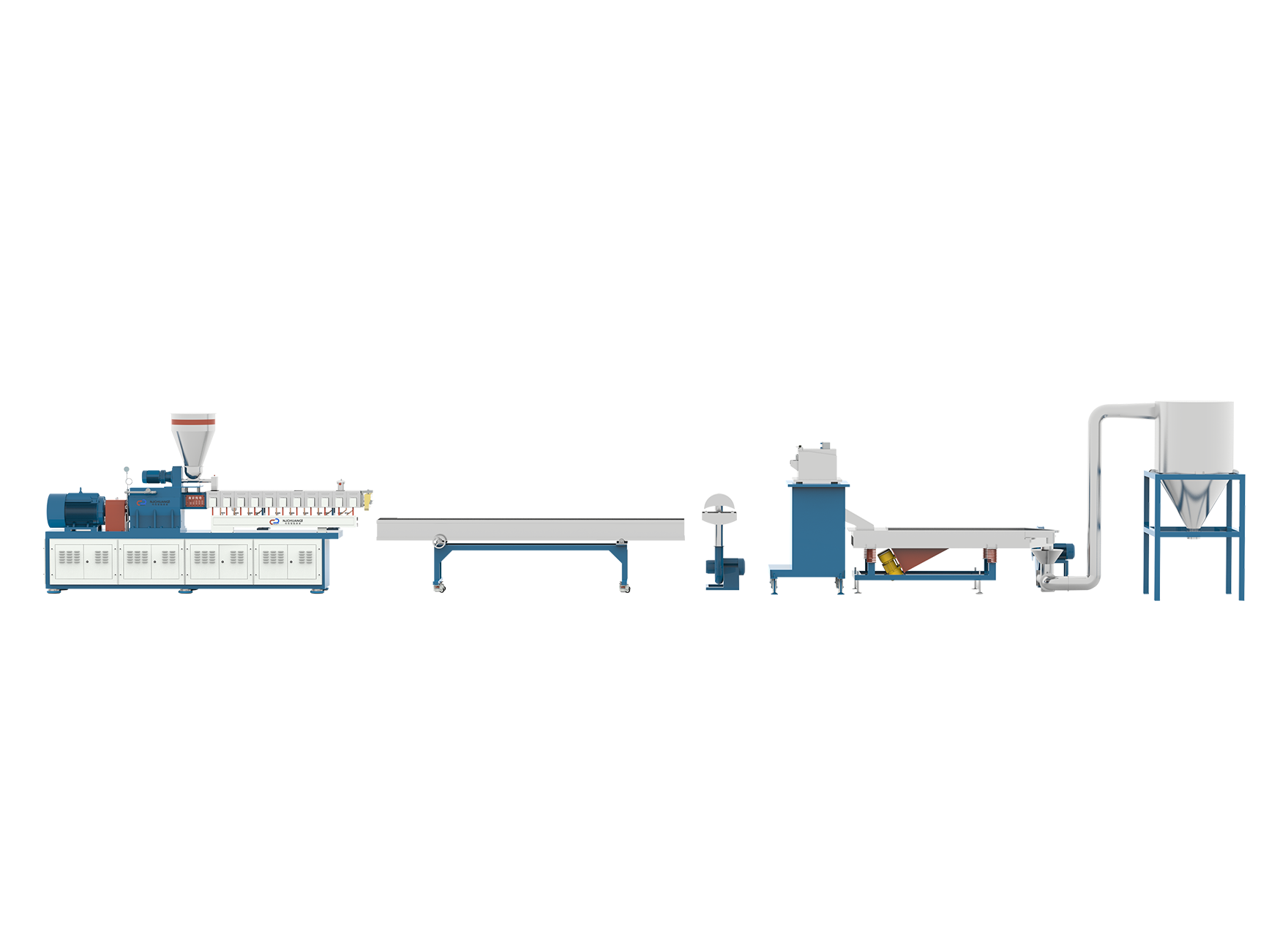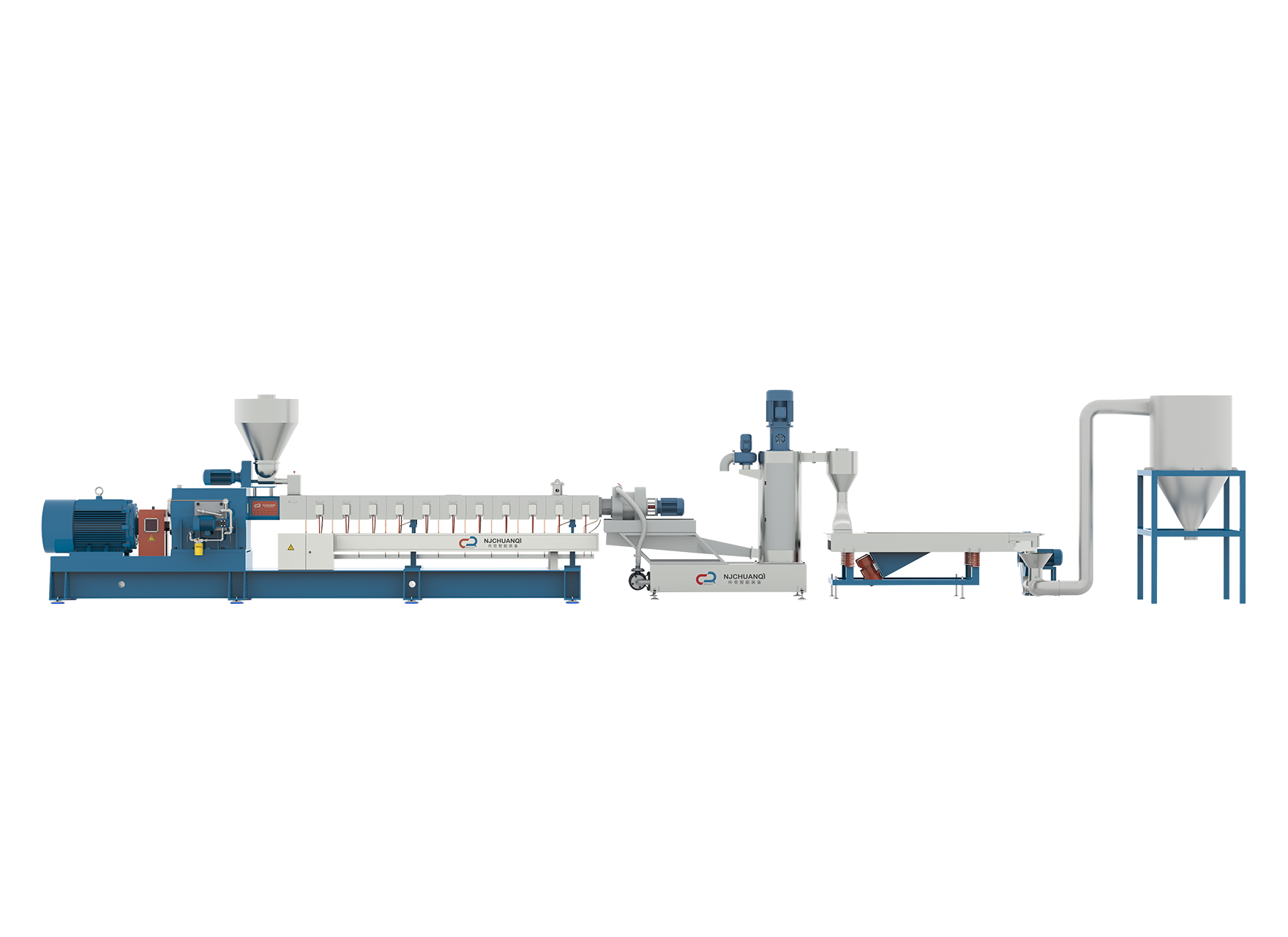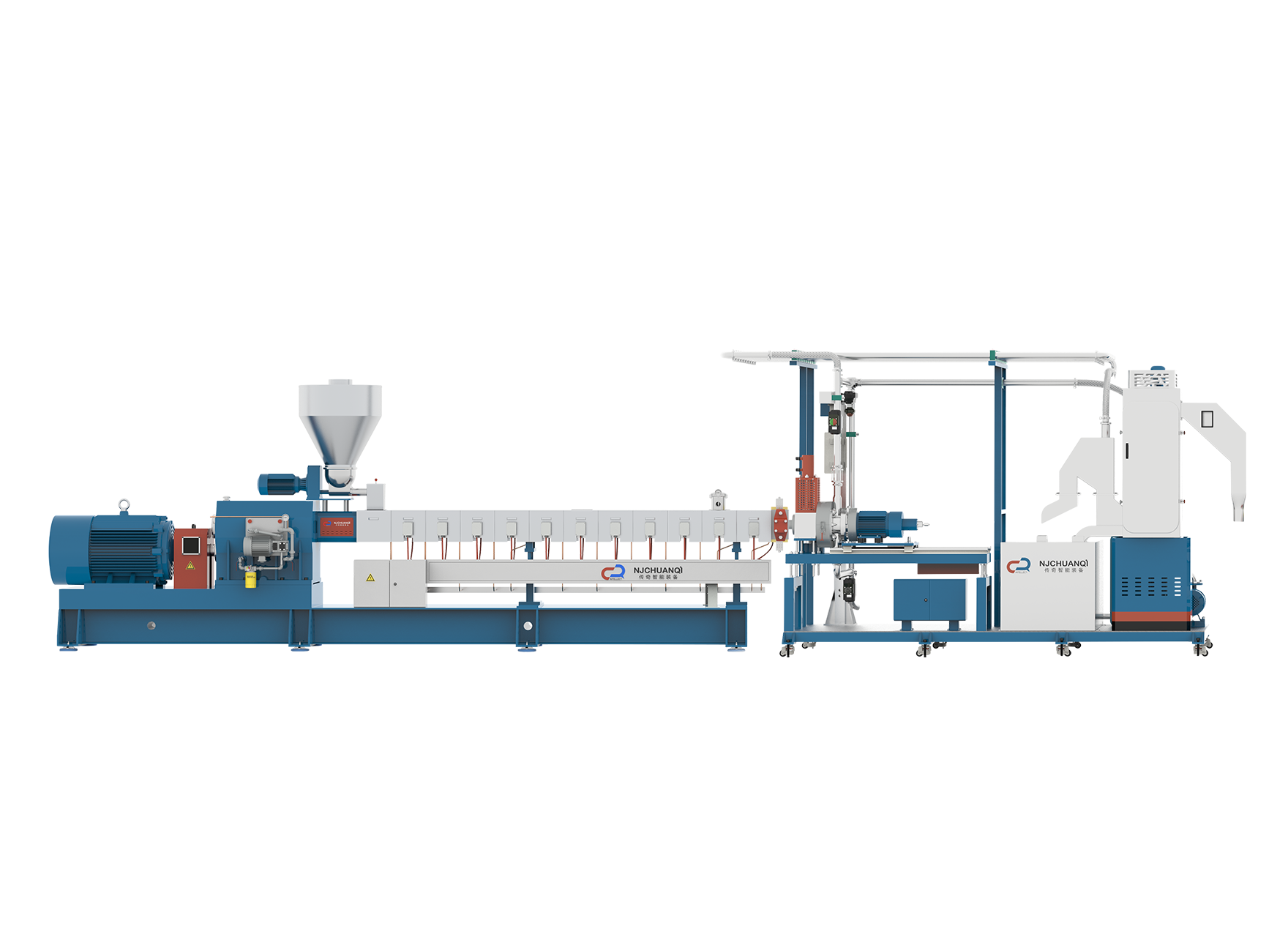As energy consumption becomes a critical focus in industrial manufacturing, the performance of processing equipment like the Twin Screw Plastic Extruder is drawing increasing attention. This machine, widely used for compounding, blending, and processing polymers, can be energy-intensive due to its continuous operation and complex mechanical requirements. However, recent innovations in engineering and control systems have introduced a range of energy-saving features designed to improve sustainability and reduce operational costs. This article explores how the Twin Screw Plastic Extruder performs in terms of energy efficiency and what design elements contribute to reducing its environmental footprint.
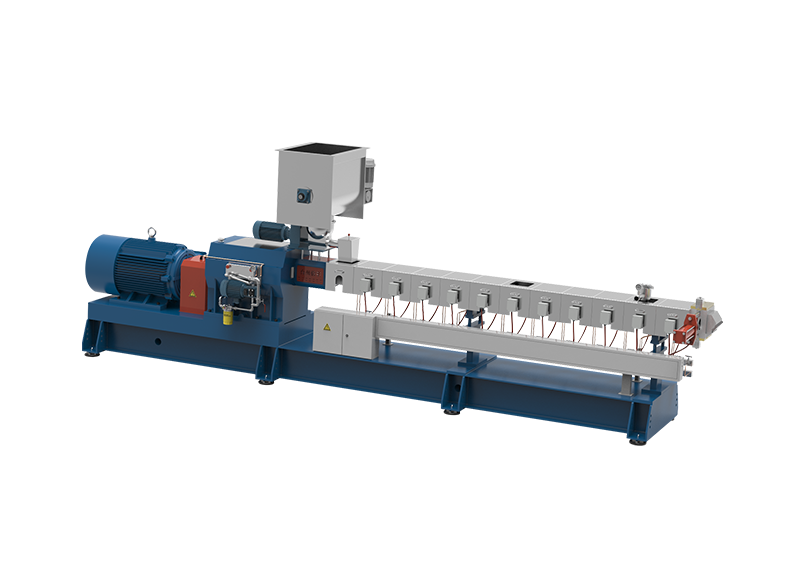
Power Consumption Patterns in Twin-Screw Operation
The energy usage of a Twin Screw Plastic Extruder depends on several factors including screw configuration, motor capacity, processing temperature, and throughput rate. Typically, it draws significant power to operate the dual intermeshing screws, maintain precise temperature zones, and drive auxiliary equipment such as feeders and pelletizers. Older or less optimized machines may consume more power per kilogram of output, especially when processing high-viscosity materials or operating under suboptimal conditions. However, modern machines often integrate high-efficiency motors and advanced gearboxes to convert electrical energy into mechanical motion more effectively, thus reducing the overall power demand.
Innovative Heating and Cooling Systems for Energy Control
One of the large energy draws in plastic extrusion is the heating system, which must maintain consistent barrel temperatures throughout the process. To improve energy control, newer extruders incorporate ceramic or induction heaters that offer faster response times and better heat distribution. These systems reduce thermal loss and stabilize the melt temperature with lower power input. In parallel, optimized cooling systems use closed-loop water circuits or air-cooled systems with variable-speed pumps and fans. These improvements allow for more precise thermal regulation while cutting unnecessary energy usage during low-demand cycles or material transitions.
Intelligent Automation and Process Optimization
Modern extruders are often equipped with intelligent automation platforms that continuously monitor and adjust processing parameters in real time. These control systems use sensors and algorithms to optimize energy input relative to material load, screw torque, and output requirements. Features such as automatic startup/shutdown sequences, energy-saving standby modes, and real-time efficiency monitoring help reduce idle energy consumption. The integration of energy management software enables manufacturers to analyze power usage trends and identify opportunities for further reductions, making the extruder a more strategic tool for sustainability initiatives.
Design Modifications That Reduce Energy Demand
In addition to digital controls, mechanical design improvements also contribute to better energy efficiency. Lightweight barrel components, low-friction coatings, and optimized screw geometries reduce resistance and wear, enabling smoother material flow with less mechanical stress. This means the machine can achieve the same level of processing output with reduced torque and, therefore, less motor energy. Additionally, modular construction allows operators to customize the barrel and screw layout for specific materials or process goals, avoiding energy waste caused by over-engineering or under-utilization of machine capacity.
Conclusion: A Shift Toward Greener and Smarter Extrusion
In conclusion, while the Twin Screw Plastic Extruder has traditionally been viewed as an energy-intensive machine, advancements in design and technology have significantly improved its energy performance. High-efficiency motors, precision heating and cooling, intelligent automation, and material-specific customization all contribute to reducing energy usage without sacrificing productivity. For manufacturers seeking to align with modern energy standards and reduce operating costs, investing in energy-efficient extruders represents a forward-looking decision. With sustainability becoming a key factor in equipment selection, the evolution of the extruder toward greener operation marks a positive shift for the entire plastics processing industry.

 English
English 中文简体
中文简体 русский
русский عربى
عربى +86-189 1339 2785
+86-189 1339 2785
